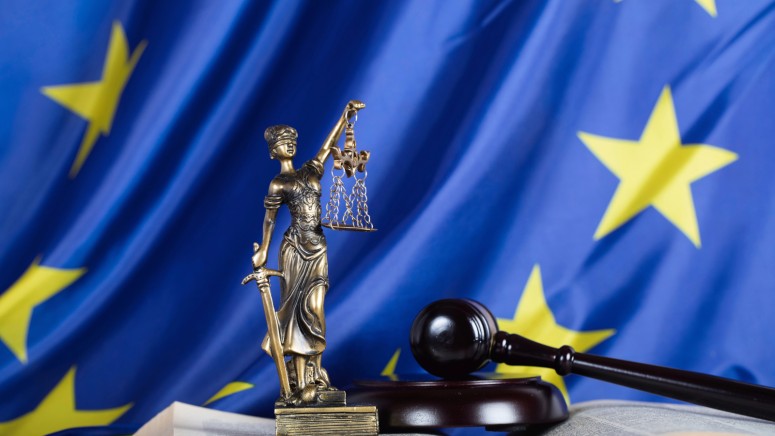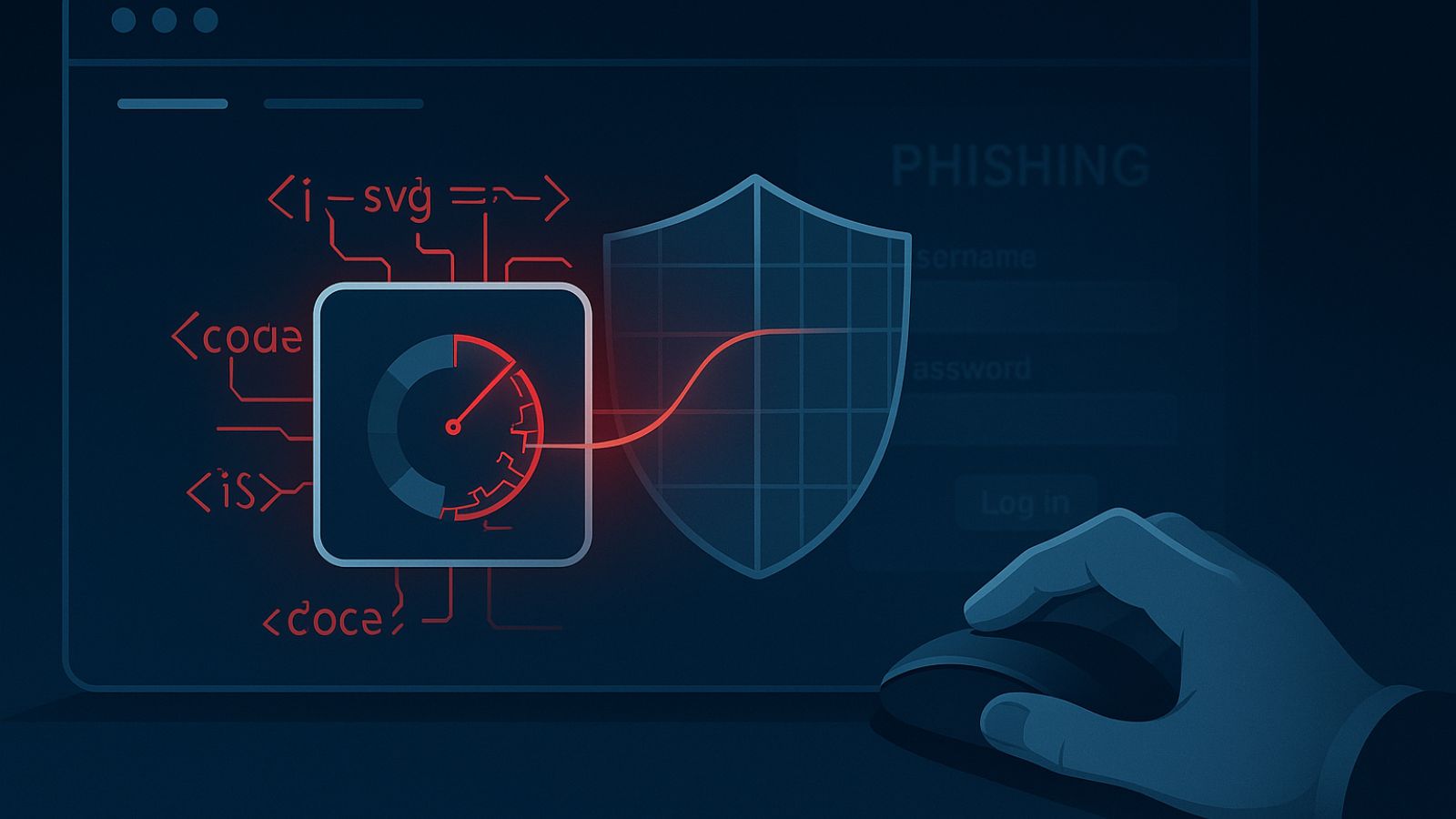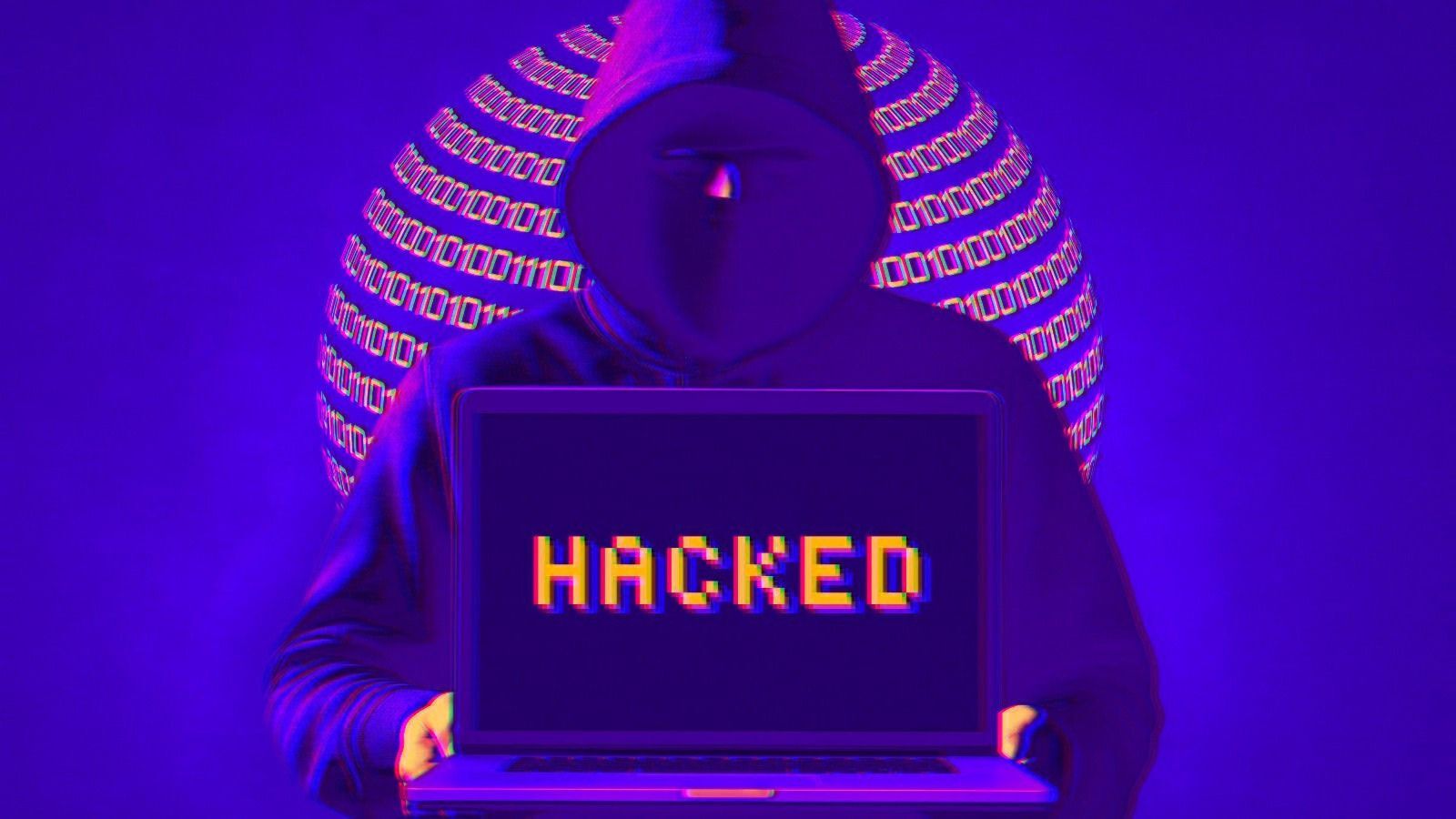
EU Court of Justice Rules That Embedding Could Be Subject to Copyright Violations
- EU Court of Justice rules that rightsholders should have full control over where their content is published.
- This includes even content that is embedded through framing on third-party websites.
- The decision goes against the previous suggestion given by the EU Advocate General.
The EU Court of Justice has ruled that if a website is embedding images, YouTube videos, Tweets, or any content that can be placed in a frame and it happens to be under copyright protection, that entity could be violating copyrights and may be called to pay damage compensation to the rightsholders.
The case only concerns content for which the rightsholders have taken action to prevent its redistribution or widespread publishing, and not just anything that circulates out there. However, that could still cover a vast number of items, laying the ground for self-censorship.
The court was called to review a legal dispute between DDB (Deutsche Digitale Bibliothek) and its content licensor, VG Bild-Kunst (Verwertungsgesellschaft Bild-Kunst). The former is a digital library linking to various internet portals, presenting all items in the form of thumbnails to showcase what the content of each item is about. The latter has asked them to apply technical measures that prevent other websites from embedding those thumbnails on frames, but the two can’t reach an agreement.
Previously, the EU Advocate General advised the court that even when the embedding on other sites circumvents technological measures to prevent the redistribution of this content, asking the rightsholder's authorization shouldn’t be a requirement - for the sake of practical simplicity as well as plain logic.
As the Advocate General explained:
But the EU Court of Justice has not followed this reasoning, deeming that third-party embedding should still require the permission of the rightsholder, even if that content is made free on another internet website. The reasoning is that the rightsholder should be allowed to have full control of the economic exploitation and also knowledge of the dissemination and distribution of the content that is under their ownership, in harmony with Article 3(3) of the Copyright Directive.






